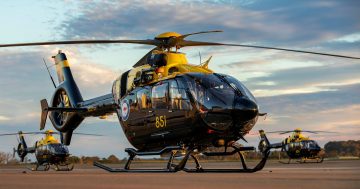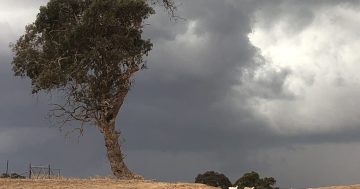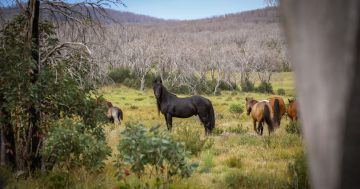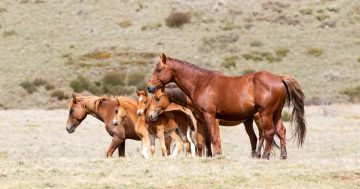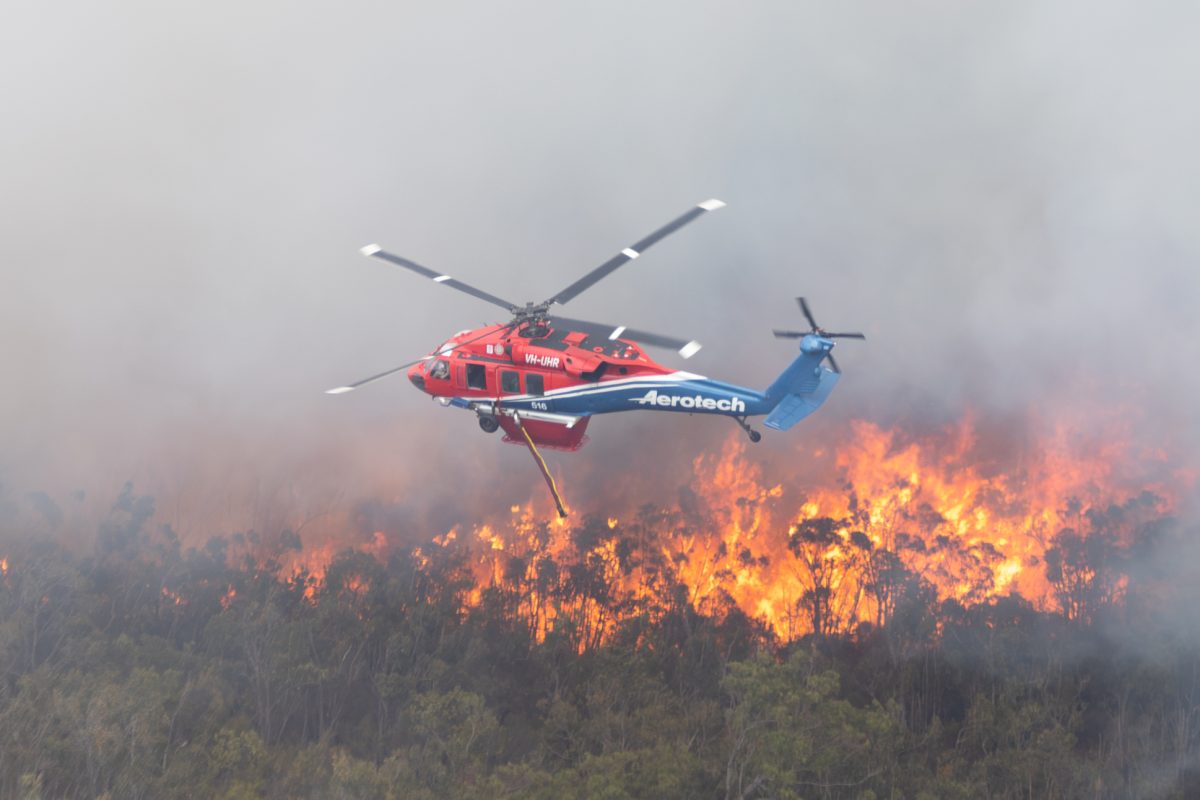
The new-look fleet represents what state, territory and the Commonwealth governments can achieve when they work together. Photo: Aerotech Helicopters.
Bushfire season is just around the corner and a C-130 Hercules, the National Large Air Tanker, and three heavy-lift helicopters are now on standby.
They’re ready for what is termed the ‘’high-risk weather season’’, to help combat bushfires, and can also be reconfigured to support communities in disasters such as floods or cyclones, to deliver heavy drops and support emergency rescue and evacuation.
Emergency Management Minister Jenny McAllister said Australians understood that natural disasters were becoming more frequent and when they came, they were more intense.
“The Australian Government understands that when a disaster strikes, Australian communities are immensely resilient,” the Minister said.
“But they need to understand that they won’t be left to face these challenges alone.”
Announced as part of the government’s $48 million annual investment in the National Aerial Firefighting Fleet, a Sikorsky S61N and two Black Hawk helicopters have been delivered.
The fleet’s multi-hazard capability will be deployed as needed.
The C-130 has a firebombing capacity of about 13,250 litres.
A Cessna Citation 525 operates as the Large Air Tanker’s lead plane showing the pilot where to drop.
Comparatively, the Sikorsky S61 helicopter can carry up to 4000 litres of water.
“Our national aerial capability is essential to support people in times of need,” Ms McAllister said.
“These aircraft help save lives and safeguard our communities and environment during disasters.
“This year, helicopters will supplement the existing fleet and provide the much-needed ability to operate in disasters requiring aerial support, beyond bushfires.
“Combined with the investments we are making in our National Emergency Management Stockpile and national coordination capability, we are strengthening our ability to work with states and territories to protect our communities.”
The National Aerial Firefighting Centre will coordinate the use of the fleet across Australia and determine where the different aircraft will be based and how they might be relocated throughout the higher-risk weather season – depending on operational needs, and in collaboration with states and territories.
Joe Buffone, deputy coordinator-general of the National Emergency Management Agency, said the additions to the fleet meant increased operational capability and diversity while remaining focussed on fires.
“The C-130 is a very versatile aircraft,” he said. ”The tank can be taken out, it can be used for resupply, and under very certain conditions, it can actually assist in other sorts of evacuations, etc.
“The three heavy-lift aircraft actually meet the royal commission recommendations around having heavy-lift aircraft as part of the national fleet that are moved around the country depending on risk.
“So, right now, there is one in New South Wales, there is one in South Australia, and there is one in Queensland. But it will be moved based on the recommendation of the chiefs.
“Those heavy-lift aircraft, as well, can also be used as multi-use. So, this is a significant focus on capability.
“Another really important part is we have actually got the aircraft for a longer period.
“So, we are actually starting to make sure that we have bridged the areas, in particular the shoulder areas, but also supporting SES and other emergency services in whatever the need is. So, a really significant shift and uplift in our capability.”
Chair of the National Aerial Firefighting Centre Strategic Group, Rob Rogers, said the new-look fleet represented what state, territory and the Commonwealth governments could achieve when they worked together.
“And that is the best outcome for Australian residents. Having these aircraft that will mesh within state fleets, I think is the best outcome,” he said.
“We have got some longer-duration aircraft here. You have the capacity that will mix in, where you will see some RFS [Rural Fire Service] aircraft here.
“And there are other aircraft right around the country that these national assets will work within to make sure, again, we bring the best outcome to everybody across the country.
“The multi-hazard focus is very much what we are trying to do … everything we do now is about multi-hazard.
“You will see the helicopters that we have here, they do multi-hazard, they do flood work, they do flood rescue, but also firefighting.
“It’s about making sure the right type of aircraft are here at the right time and able to be deployed very, very quickly.
“And I think as states and territories, we have become very good at looking at national need and making sure that we get the resources to wherever they are needed most right across the country.”












